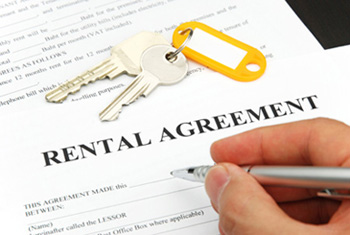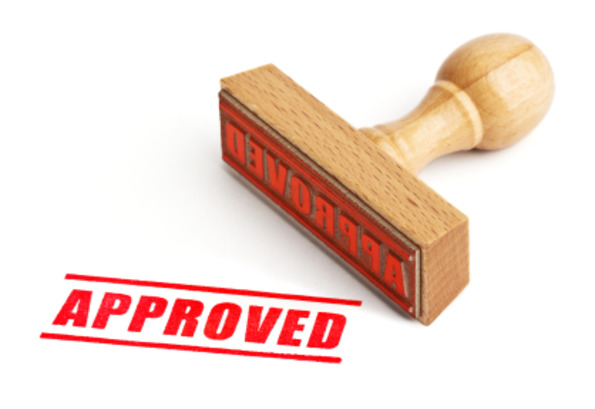The 7 step method to applying for an apartment ( AND GETTING APPROVED!)
1. Fill out a rental application
Let’s start with the basics: the apartment application itself. If you are interested in a property, the next step is to reach out to property management by filling out a rental application. If you have a co-signer ( for Robert Hancock & co you may only have a co signer if you are a full time student) or plan on having roommates, they will also need to do the same. Essentially, every person planning to move in needs to fill out a separate lease application form. Most properties have online application forms, but you can also apply in person.
Each form is different from the other, but expect a typical rental application to require the following information:
- photo ID
- name
- address
- phone number(s)
- employment and any income information
- previous address
- pets (if applicable)
- emergency contacts
- background information
- landlord references
- social security number ( RHC requires this for our credit and background checks)
2. Pay the apartment application fee
The application fee funds the credit and background checks done on potential renters. It essentially covers the screening cost of the applicant.
The rent application fee itself differs depending on various factors, such as the area, the building, or even the landlord.
In some cases, the application fee may be accompanied by processing fees. Ask your future property manager about all the applicable fees associated with the application process for the property you’re interested in. You can begin by asking what fees are refundable in case they decide to go with someone else.
REMINDER: Robert Hancock & Co properties require you pay your application fee(s) and deposit at the time you turn in your application.
3. Expect credit and background checks
The application process means you will most likely be asked to agree to background and credit checks.
Apartment background checks may go as far back in the past as a landlord deems necessary and they will usually focus on criminal history. It’s better to report any relevant background information.
A rental application credit check accounts for how financially responsible a potential tenant is. Are they a reliable person who pays rent on time? The easiest way of doing this is to check credit scores. Make sure to mention if you have bad credit or if you are still working on paying off past due bills.
4. Prove you can pay rent
An important part of the rental application process is providing proof of employment or income. Most landlords will ask for copies of tax returns, recent pay stubs or other forms of receipts from an employer.
Depending on your job, you may also provide recent bank statements or copies of one or two W-2 forms if need be.
Employment and credit checks usually take the longest, which is why most applications can take up to 72 hours or longer. Rental application process time also varies depending on the property, so make sure to check with them for the best estimate.
5. Figure out if you need a co-signer
A co-signer is a person with good credit who acts as a willing guarantor. If you have bad credit or insufficient credit history, he or she takes the legal responsibility of paying your rent in case you won’t.
Co-signers or guarantors may step in when first-time renters have no way of accounting for rental history or commitment to monthly rent and bill payments. You might need one in case your monthly income is less than three times the rent. You may also look at a co-signer as a way to strengthen your application and improve your chances of approval. Think of it as an additional referral.
REMINDER: Robert Hancock & Co properties only accept co-signers if the applicant is a full time student and doesn’t have sufficient income to be approved for the apartment.
6. Show them that you are an agreeable renter
Usually, landlords want to know from previous landlords what type of tenant you are. Were you a bit on the noisy side? Did you abide by the pet policy? All this typically comes in the form of a letter from the former landlord.
Although typically not required, you might want to think about attaching a landlord reference to the application as another way to improve your chances of approval or simply to set yourself apart from the other applicants. For some properties, you might even find it mandatory to do so.
7. Sign the lease
You’ve passed the application process, inspected the premises, checked for parking space, made a quick note of the neighbors, and went through your checklist of things you need to do before you commit to a new apartment. It’s time to sign the lease!
This is when you discuss upfront costs like your pro-rated rent and any additional fees such as pet deposit’s. This is also the time for any last-minute questions you might have, such as how soon can you get the keys to the place? Should you bring your own microwave? etc.
It goes without saying that reading the lease agreement carefully is essential. You might be blinded by the floor plan and storage space your new place has, but make sure you take your time to understand the details in your lease before planning your move-in date, such as what would happen if you were to break your lease in case of unexpected circumstances.
Meanwhile, if you’re eager to apply, but still on the lookout for that perfect apartment, take a look at Robert Hancock & Co.’s available listings at https://roberthancockco.com/


